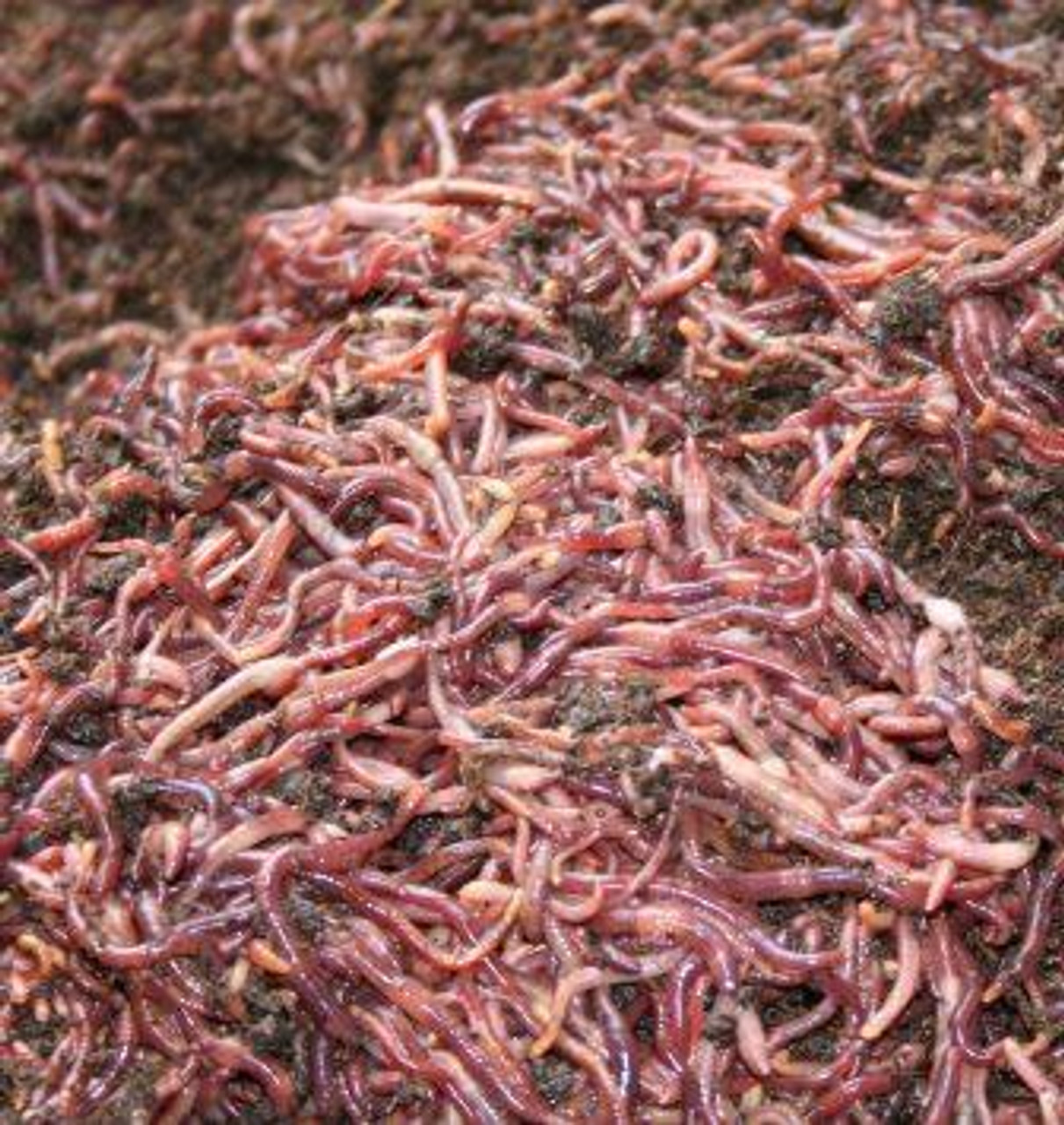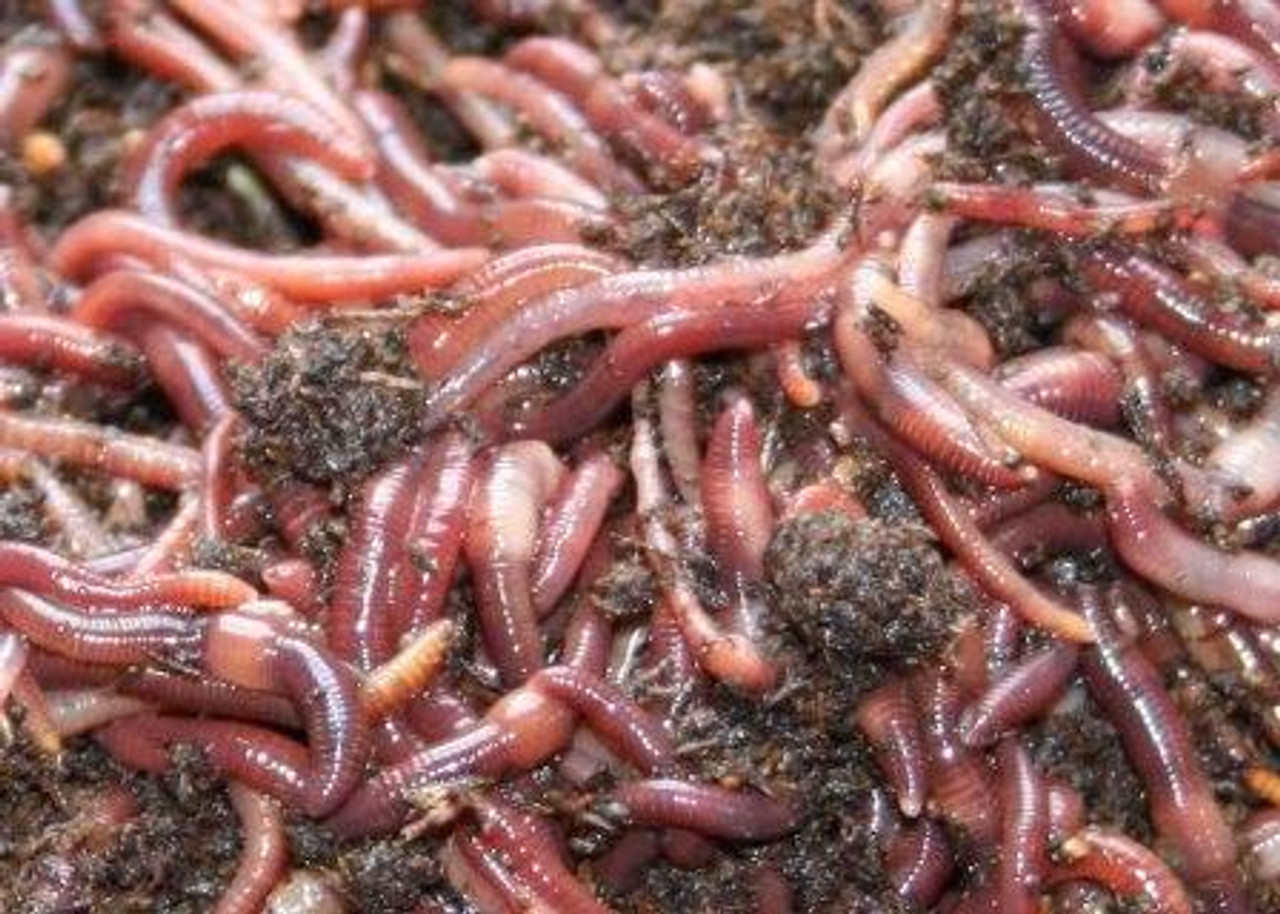Discovering the Devices of Red Wiggler Composting: A Comprehensive Overview to the Refine and Its Favorable Effect On Sustainable Gardening Practices
The elaborate mechanisms of red wiggler composting, making use of the special physiology of Eisenia fetida, provide a compelling method for improving sustainable horticulture techniques. As metropolitan gardening gains grip, comprehending the nuances of this composting approach ends up being increasingly pertinent.
Comprehending Red Wigglers
Red wigglers, scientifically referred to as Eisenia fetida, are a varieties of earthworm extremely related to for their efficiency in composting organic waste. These worms thrive in nutrient-rich settings, particularly in decomposing raw material, making them suitable for vermicomposting systems - Red Wiggler Composting. Defined by their reddish-brown pigmentation and segmented bodies, red wigglers are smaller sized than common earthworms, commonly determining in between three to 4 inches in length
Their special physiological qualities enhance their composting abilities; as an example, they possess a high reproductive price, allowing populaces to multiply quickly under ideal conditions. Red wigglers take in natural material, breaking it down via their gastrointestinal systems, which causes nutrient-rich castings that act as a superb organic plant food. Their ravenous appetite enables them to refine huge volumes of food waste successfully, significantly lowering landfill contributions.
In enhancement to their composting expertise, red wigglers play a vital role in soil health and wellness. Red Wiggler Composting. They freshen the soil and help with the decay of natural matter, further enhancing the dirt ecological community. Understanding the qualities and environmental benefits of red wigglers is necessary for any person looking to execute sustainable horticulture techniques through efficient composting techniques
The Composting Refine
The composting procedure entails damaging down natural materials right into nutrient-rich compost, a job that red wigglers succeed at because of their specialized digestive system systems. These worms consume food scraps, lawn waste, and other organic matter, transforming them into important compost through a collection of organic and chemical procedures.
At first, the organic matter is blended with bedding products such as shredded paper or dried out leaves, producing an optimum setting for the worms. As the red wigglers consume this mix, they simplify through their intestine, where microbes better disintegrate the material. This process generates warmth, advertising microbial activity, which accelerates decomposition.

Advantages of Red Wiggler Composting
Lots of gardeners and eco-conscious people acknowledge the numerous advantages of red wiggler composting, making it a prominent selection for reliable waste administration. Among the main advantages is its capability to significantly minimize organic waste in garbage dumps - Red Wiggler Composting. Red wigglers efficiently break down cooking area scraps and other biodegradable products, changing them right into nutrient-rich vermicompost that browse around these guys improves dirt health and wellness
Furthermore, red wiggler composting boosts dirt structure and fertility. The resulting vermicompost is including beneficial microorganisms, which advertise plant growth and boost nutrient retention. This all-natural plant food not just sustains sustainable gardening practices but likewise lowers dependence on chemical plant foods, promoting a healthier community.
Furthermore, red wiggler composting is a space-efficient technique, making it ideal for metropolitan gardeners with limited area. The procedure can be carried out inside your home or outdoors, permitting year-round composting no matter climate conditions. Moreover, red wigglers are low-maintenance microorganisms that require marginal care, making them easily accessible for beginner gardeners.
Fundamentally, the advantages of red wiggler composting extend past waste decrease; they add to much healthier dirts, lasting gardening practices, and environmental stewardship, positioning it as an important method in modern horticulture.
Best Practices for Composting
For effective red wiggler composting, sticking to ideal methods is essential to make the most of performance and guarantee an effective setting for these worms. This equilibrium advertises ideal decay and enhances the worms' health.
Following, monitor dampness levels, intending for a damp, sponge-like consistency. Extremely wet problems can cause anaerobic decay, while too much dry skin may impede worm activity. Additionally, ensure correct oygenation by turning the compost frequently, which helps avoid compaction and enables for ample oxygen flow.
Temperature is another critical aspect. Keep a variety of 55 ° F to 77 ° F(13 ° C to 25 ° C) to advertise worm activity and microbial development. Lastly, avoid presenting meat, dairy products, and oily foods, as these can bring in pests and produce smells.
Enhancing Sustainable Horticulture
Sustainable gardening embodies a holistic approach that balances ecological concepts with practical horticulture strategies. By including methods such as red wiggler composting, garden enthusiasts can substantially enhance their methods, promoting a more resilient ecological community. Red wigglers, renowned for their efficient disintegration capacities, transform organic waste important site right into nutrient-rich garden compost, consequently enhancing the soil without relying upon chemical fertilizers.
Applying lasting gardening strategies, such as plant rotation, companion growing, and mulching, additional enhances the benefits of composting. These techniques not just improve soil framework and fertility yet additionally promote biodiversity, bring in beneficial pests and microorganisms that add to grow wellness. Furthermore, making use of indigenous plants can reduce water intake and decrease maintenance, straightening with water conservation efforts.

Final Thought
To conclude, red wiggler composting represents an important method for boosting lasting gardening techniques. The reliable digestion of natural waste by Eisenia fetida not only creates nutrient-rich vermicompost yet also cultivates improved soil health and wellness and structure. By advertising aerobic disintegration, this strategy reduces odors and waste while reducing dependence on chemical plant foods. Inevitably, the fostering of red wiggler composting can dramatically add to environment-friendly gardening, benefitting both city and newbie gardeners in their farming initiatives.
The complex devices of red wiggler composting, utilizing the distinct physiology of Eisenia fetida, provide an engaging opportunity for enhancing sustainable gardening practices. Comprehending the features and ecological advantages of red wigglers is vital for anyone looking to execute sustainable gardening methods through effective composting approaches.

In verdict, red wiggler composting represents an essential approach for improving sustainable gardening techniques. Eventually, the adoption of red wiggler composting can considerably contribute to environment-friendly horticulture, benefitting both city and novice gardeners in their cultivation efforts.